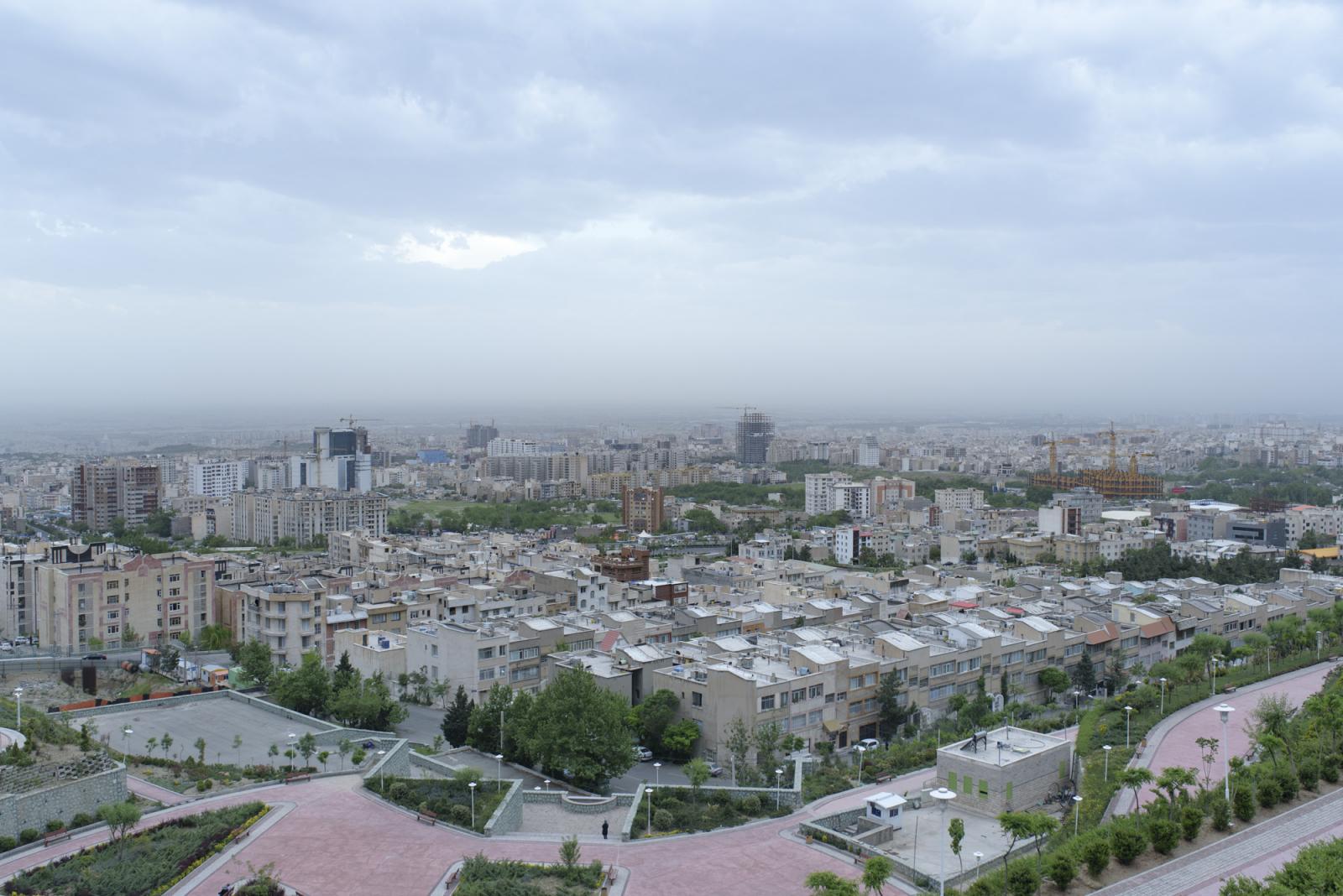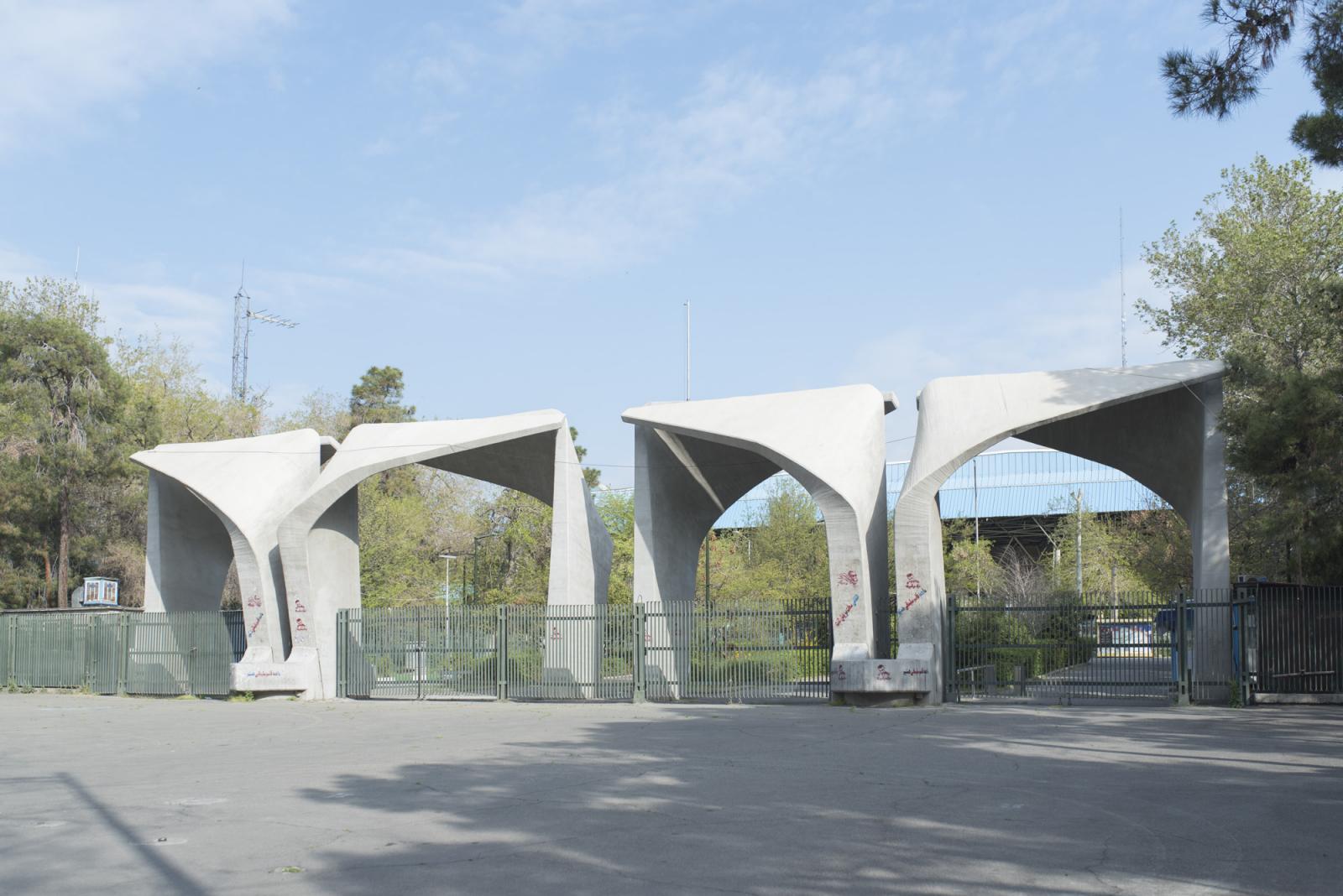Public Story
T-E-H-R-A-N
“Karl Marx”
In the mid-fifties, a research entitled “Futurism Plan” and a few other studies based on urban development were conducted by the Secretariat of the Council for Supervision of the Development of Tehran. At that time, the goal was the development along with the industrialization of the city.
After four decades, today, with a population of more than 13 million and more than one million vehicles, Tehran is one of the 20 most polluted cities in the world.
For many years, with the onset of the cold season, due to the inversion, the quality of gasoline, and the endless traffic, the face of the city becomes gray and pollution reaches its highest level, so that it is 5 times the standard of Western countries.
As someone who was born and who lives in this city, Tehran has a vague picture for me. Air pollution in the cold months, dust in the warmer months of the year, uncontrolled construction, and disregard for the urbanization principles with stray capital from nowhere have made it difficult to describe Tehran. I say to myself, which Tehran? The one that was supposed to be developed 40 years ago with a planned plan? Or that Tehran, which has expanded today with a plan without any plan and has reached a shapeless form?
For many years, the dream of clean air, silence, and solitude had been unattainable for Tehran and it had made the city sick and unhappy.
Nevertheless, these days, that dream has come true. The Iranian government has announced the corona virus outbreak since mid-winter. The disease progressed so much that in the last week of the year, there was a semi-national holiday, and except for the necessary centers, the rest of the places in Tehran were closed.
Strict advice on staying at home and people’s fear of the disease caused the city to be solitude, and I had the opportunity to see a Tehran different from that in recent years.During the holidays, I walked the streets and highways of the city. The city was calm without the noise of constructions, Nowruz passengers, and traffic. Nature did its work regardless of what was happening, and the city grew greener and the sky became bluer every day. Sometimes cloudy and rainy, as if it wants to wash away even the smallest gray spot, and sometimes show off the city brightness by the sunshine. It knows very well that the sufferings of this city are not over and it is not the product of the current circumstances, but it continues to treat its wounds.
After years, despite the fear and unhappiness of its people, Tehran sprouted and laughed. I now narrate these days by passing through the city.
It knows it has no escape from its people; the fact is that what is ahead is no longer the hope for better days, but simple and calm indifference against everything.
However, Tehran is happy these days and is free of chaos, construction, and crowds, and it is breathing a little, of course temporarily.
Spring 2020
(Mohsen Goudarzi & Arash Nasr Isfahani, 2019, Tehran 56, Tehran’s Face in a Forgotten Research, Tehran: Ney Publication)

































